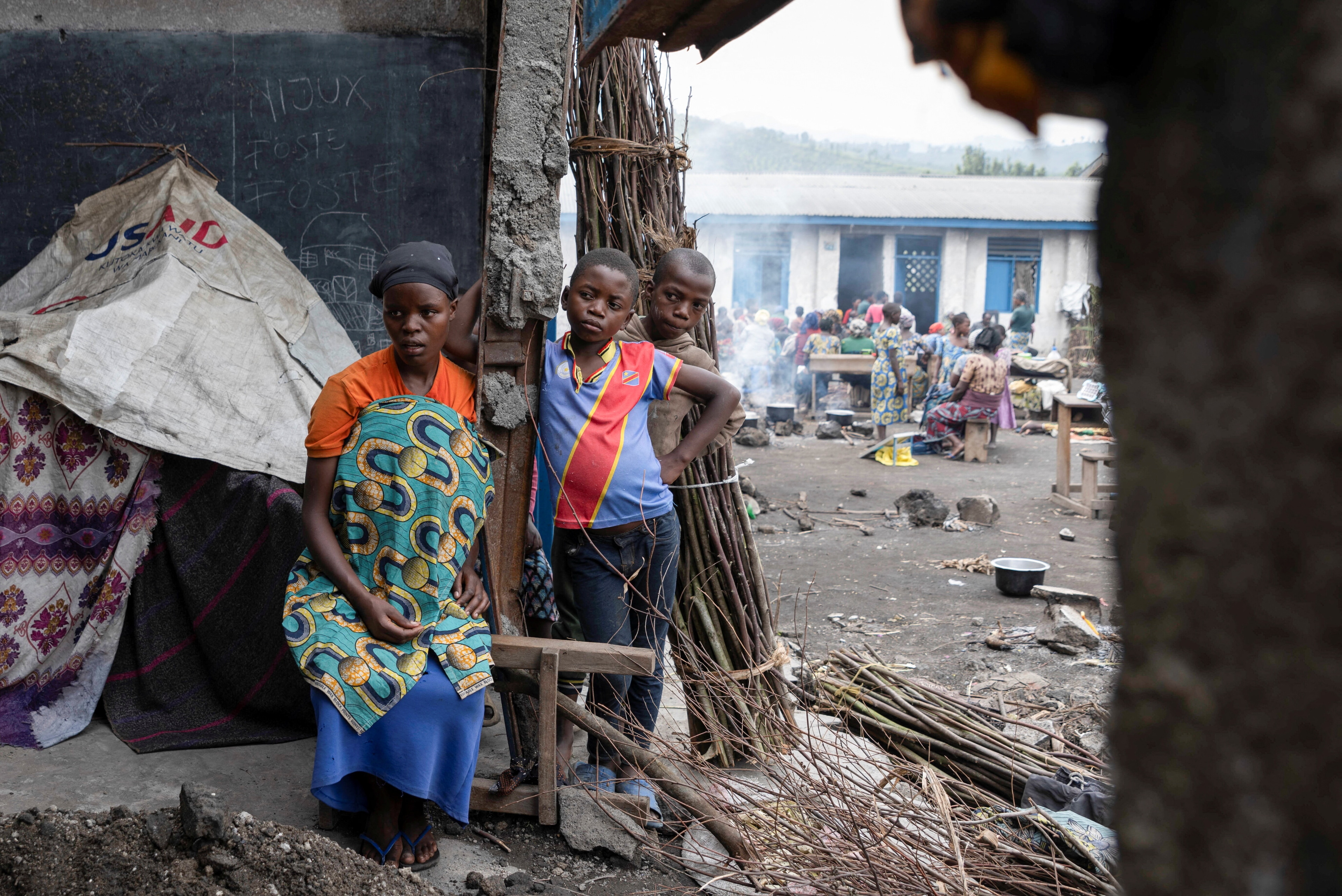How can our perception of the world impact positive change?

Many discussions about the state of the world can end up focusing on the world being awful
Image: Unsplash/Ryoji Iwata
Max Roser
Programme Director, Oxford Martin School, University of OxfordStay up to date:
Global Governance
- The world is awful. The world is much better. The world can be much better. All three statements can be valid at the same time.
- Despite the news displaying the negative developments and what is going wrong in the world, focusing solely on the positive developments can be equally as detrimental.
- The author explains how important it is that we understand all these perspectives in order to drive positive change.
The world is awful. The world is much better. The world can be much better. All three statements are true at the same time.
Discussions about the state of the world too often focus on the first statement: The news highlights what is going wrong, rarely mentioning any positive development.
A pushback on this narrative takes it to the other extreme, which is equally damaging. Solely communicating the progress that the world has achieved becomes unhelpful, or even repugnant, when it glosses over the problems that are real today.
It’s hard to resist falling for only one of these perspectives. But to see that a better world is possible we need to see that both are true at the same time, the world is awful and the world is much better.
To illustrate what I mean, I will use the example of one of humanity’s biggest tragedies: the death of its children. But the same is true for many of the world’s other problems. Humanity faces many problems where things have improved over time, which are still terrible, and for which we know that things can get better.
The world is awful
Globally 4.3% of children die before they are 15 years old. This is the data for 2020, the latest available year.
This means that 5.9 million children die every year – 16,000 children on any average day, and 11 children every minute.
Clearly, a world where thousands of tragedies happen every single day is awful.
History’s big lesson is that things change. But it is hard to imagine how dire living conditions once were and that makes it difficult to grasp just how much the world has changed.
Data can help to bring the scale change to mind. Historians estimate that in the past around half of all children died before they reached the end of puberty. This was true no matter where in the world a child was born and it only started to change in the 19th century, just a few generations ago.3
It’s hard to imagine, but child mortality in the very worst-off places today is much better than anywhere in the past. Even in the world’s richest countries the mortality of children was much higher very recently. In Somalia, the country with the highest mortality today, about 14% of all children die.4 Just a few generations ago the mortality rate was more than three-times as high, even in the best-off places.5
What we learn from our history is that it is possible to change the world. Unfortunately, long-run data on how living conditions have changed is rarely studied in school and rarely reported in the media. As a result, many are entirely unaware of even the most fundamental positive developments in the world.
But this fact – that it is possible to change the world and achieve extraordinary progress for entire societies – is something that everyone should know.
Progress over time shows that it was possible to change the world in the past, but do we know that it’s possible to continue this progress into the future? Or were we perhaps born at that unlucky moment in history at which progress has to come to a halt?
Studying the global data suggests that the answer is no.
One way to see this is to look at the places in the world with the best living conditions today. The best-off places show that extremely low child mortality is not just a possibility, but is already a reality.
The world region where children have the best chance of surviving childhood is the European Union. 99.55% of all children born in the EU survive childhood.6
To see how much better the world can be, we can ask what the world would look like if this became the reality everywhere. What if children around the world would be as well off as children in the EU? Five million fewer children would die every year.7
Of course, the child mortality rate in the EU is still too high, and there is no reason that progress should stop there. Cancers like leukemia and brain tumors kill hundreds of children, even in today’s richest countries. We should strive to find ways to prevent these tragic deaths.
However the largest opportunities to prevent the pain and suffering of children are in the poorer countries. There we know not only that things can be better, but how to make them better.
You can use this research on how to make the world a better place to contribute to this progress yourself. I recommend relying on research published by the nonprofit organization, GiveWell.org. GiveWell’s team spent years identifying the most cost-effective charities so that your donation can have the biggest positive impact on the lives of others. Several of the recommended charities focus on improving the health of children, offering you the opportunity to contribute to the progress against child mortality.
Research on how to prevent child deaths and the fact that child mortality in entire world regions is 10-fold lower than the global average show what is possible. Millions of child deaths are preventable. We know that it is possible to make the world a better place.
The world is awful, this is why we need to know about progress
The news often focuses on how awful the world is. There is a large audience for bad news and it is easier to scare people than to encourage them to achieve positive change.
I agree that it is important that we know what is wrong with the world. But, given the scale of what we have achieved already and of what is possible in the future, I think it’s irresponsible to only report on how awful our situation is.
To see that the world has become a better place does not mean to deny that we are facing very serious problems. To the contrary, if we had achieved the best of all possible worlds I wouldn’t spend my life writing and researching about how we got here. It is because the world is still terrible that it is so important to see how the world became a better place.
I wish we could change our culture so that we take this possibility of progress more seriously. This is a solvable problem: we have the data and the research, but we are currently not using it. The data is often stored in inaccessible databases, the research locked away behind paywalls and buried under jargon in academic papers. With Our World in Data we want to change this.
If we want more people to dedicate their energy and money to making the world a better place then we should make it much more widely known that it is possible to make the world a better place.
How is the World Economic Forum fighting the climate crisis?
Accept our marketing cookies to access this content.
These cookies are currently disabled in your browser.
Don't miss any update on this topic
Create a free account and access your personalized content collection with our latest publications and analyses.
License and Republishing
World Economic Forum articles may be republished in accordance with the Creative Commons Attribution-NonCommercial-NoDerivatives 4.0 International Public License, and in accordance with our Terms of Use.
The views expressed in this article are those of the author alone and not the World Economic Forum.
Related topics:
Forum Stories newsletter
Bringing you weekly curated insights and analysis on the global issues that matter.
More on Global CooperationSee all
Mirek Dušek
July 18, 2025
Juan Caballero and Ana Sampaio
July 18, 2025
Robert Piper
July 17, 2025
Lisa Satolli
July 17, 2025
William Dixon
July 16, 2025
Danny Rimer
July 14, 2025










